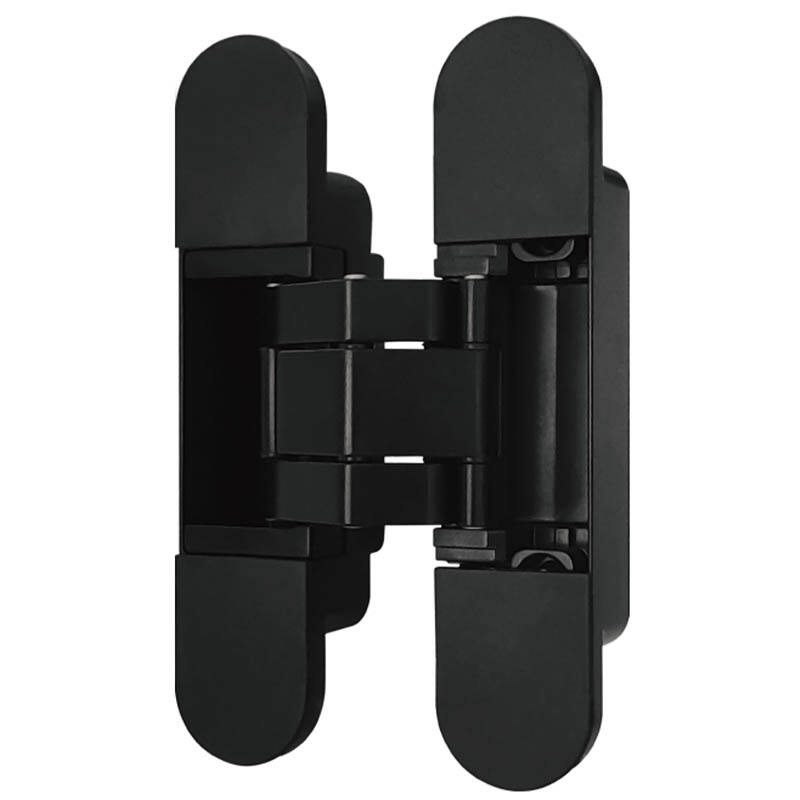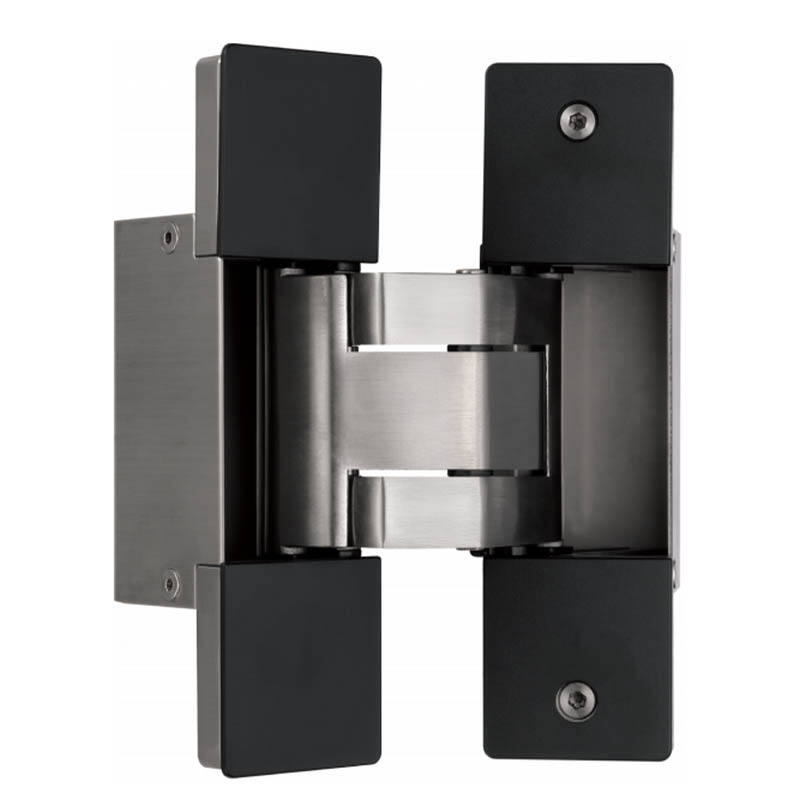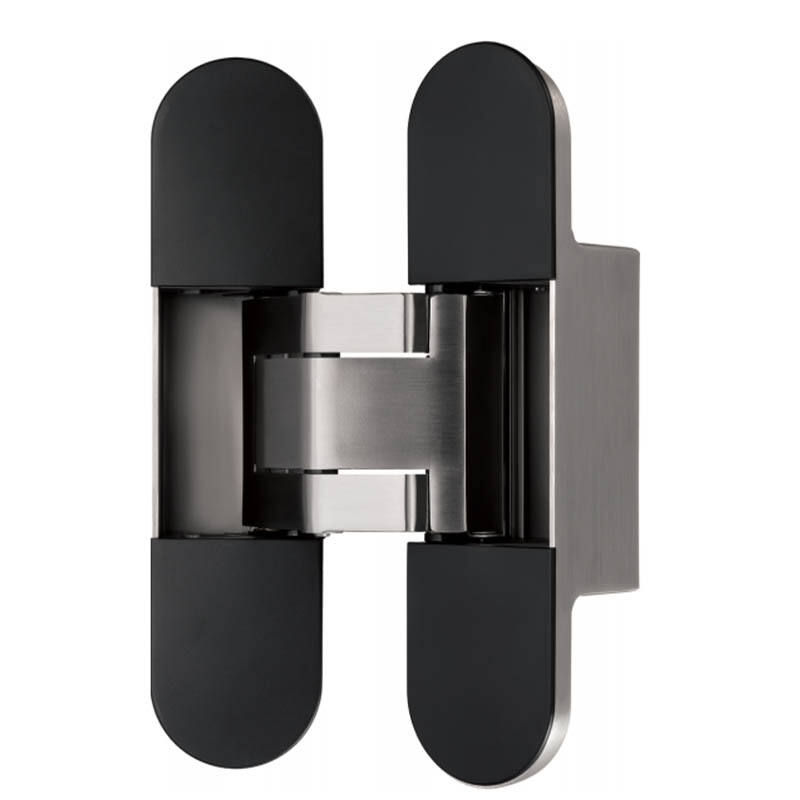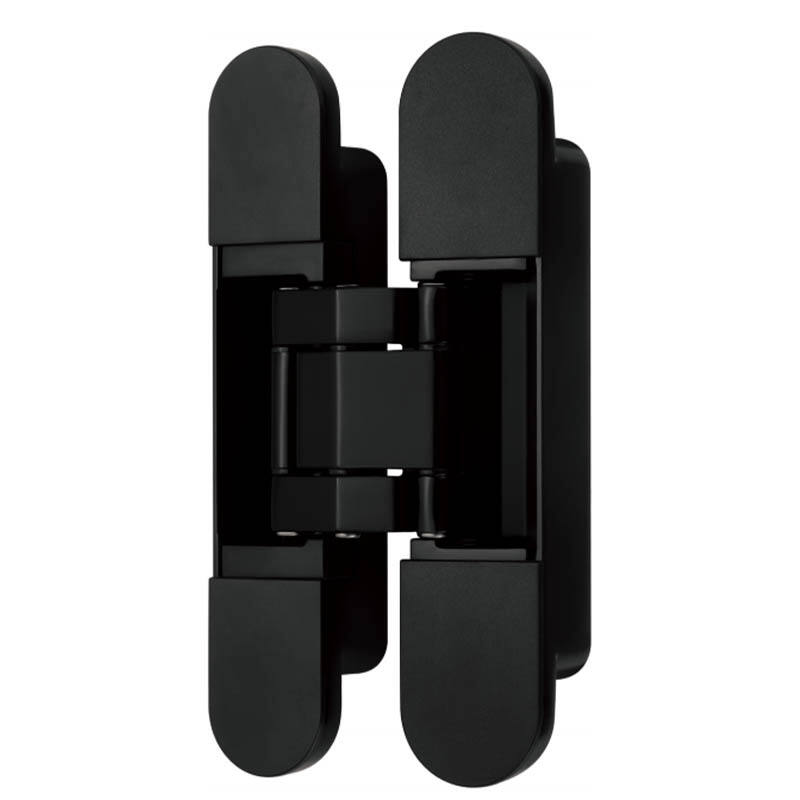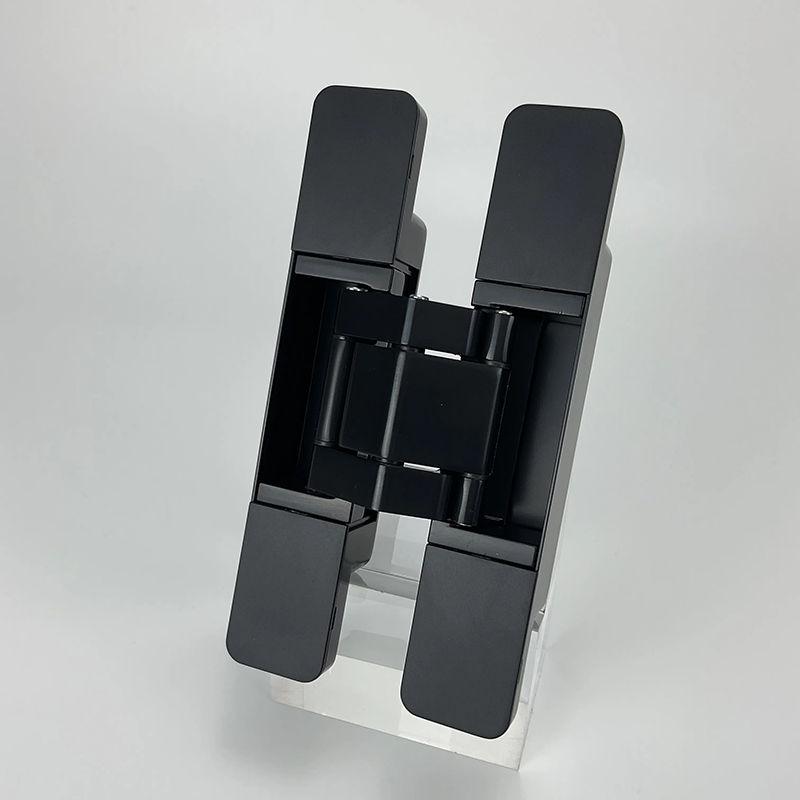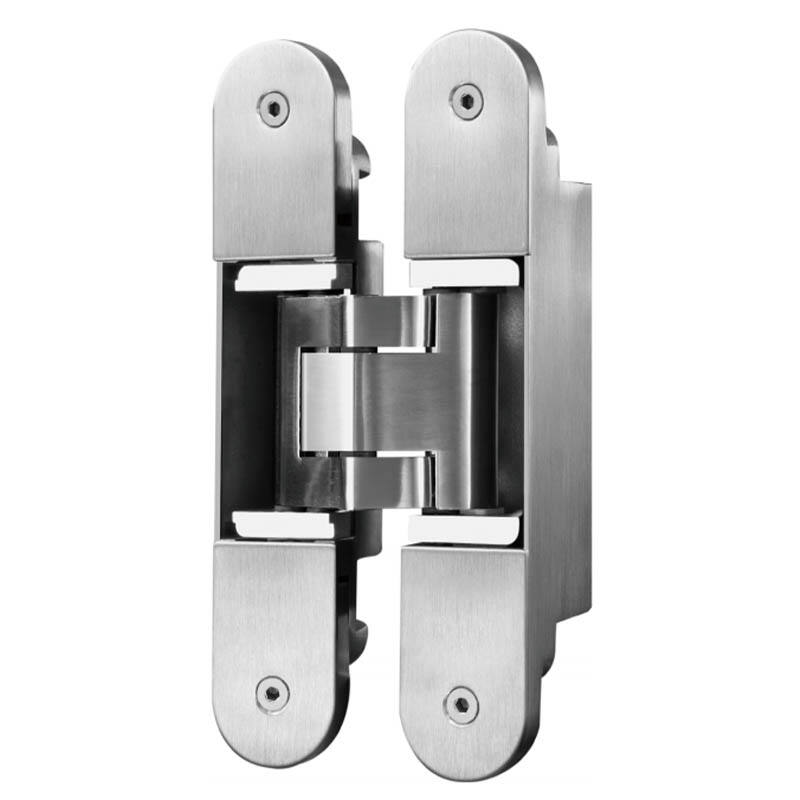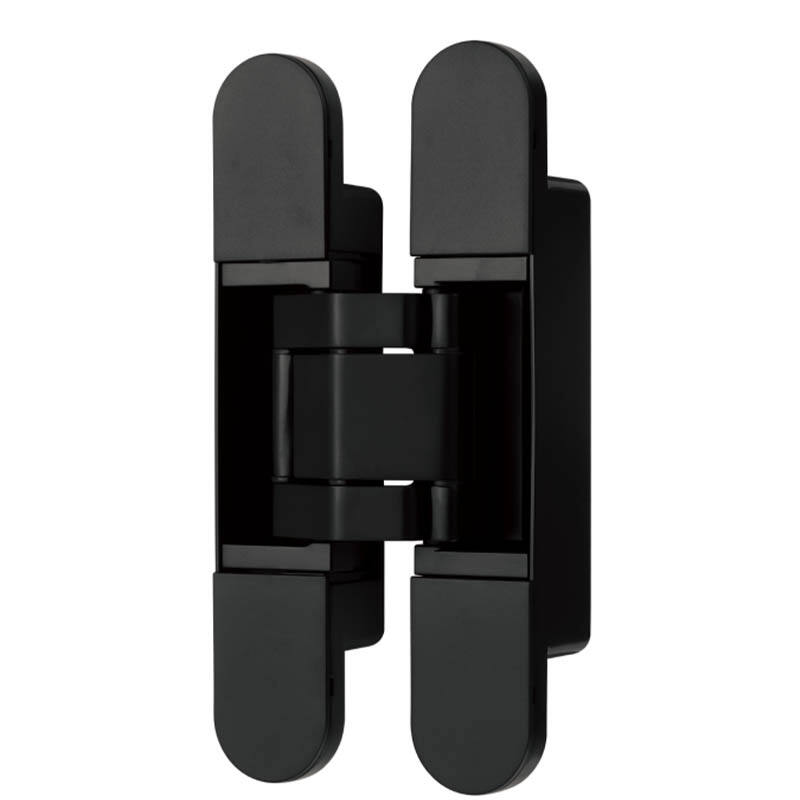Hinge installation guide: avoid common mistakes and increase service life
Understanding Hinge Installation: Importance of Proper Techniques
Proper hinge installation is vital for the functionality and durability of doors, directly affecting their operation and longevity. Installing hinges correctly ensures that doors open smoothly and remain level, minimizing unnecessary wear and tear. For example, misaligned hinges can cause doors to sag, scrape floors, or even fail to close properly, leading to costly repairs.
Employing the right techniques during installation reduces wear on both the door and its frame, thus lowering maintenance costs over time. Properly aligned hinges allow the door to swing freely and prevent misalignment, which can strain components and lead to damage. This highlights the importance of precision in both measuring and securing hinges to ensure a perfect fit.
Different types of hinges serve various purposes, necessitating an understanding of their specific applications. For instance, adjustable hinges offer flexibility for fine-tuning, heavy-duty hidden hinges provide strength for larger doors, and concealed adjustable hinges deliver an elegant, uninterrupted appearance. Selecting the appropriate hinge type based on door requirements is crucial for optimal performance.
Common Mistakes in Hinge Installation
Proper hinge installation is crucial for the smooth operation of doors, but several common mistakes can undermine this goal. The first mistake is the incorrect alignment of hinges, which can prevent doors from swinging properly. Misalignment leads to unnecessary friction and wear, ultimately shortening the lifespan of both the door and the frame. To ensure precision, it's vital to align the hinges carefully at the outset.
Another frequent error involves improper drilling techniques. Using the wrong size drill bit or not maintaining a straight drilling angle can damage the hinges and affect their function. This mistake often occurs due to a lack of experience or attention to detail during installation. It's essential to use the correct tools and techniques to avoid compromising the hinge's performance.
Neglecting clearance requirements is yet another mistake that can have serious repercussions. Failing to account for thermal expansion and contraction can result in binding, especially in heavy-duty installations. Precision in measuring and allowing adequate clearance can prevent this issue, ensuring that the door operates smoothly even with temperature fluctuations.
Finally, inadequate hinge security is a mistake that can compromise the door’s stability and security. Selecting the wrong type or insufficient number of hinges might not support the door's weight, particularly in heavy-duty or high-traffic applications. It's crucial to use the appropriate number and type of hinges, such as heavy-duty hidden hinges or concealed adjustable hinges, to provide the necessary support and security for the door.
Tips to Avoid Common Mistakes
Ensuring accurate measurements is crucial to avoid common mistakes in hinge installation. By using a measuring tape and marking guide, you can significantly reduce placement errors. This precision ensures that hinges like the invisible or concealed adjustable hinge fit seamlessly, improving both functionality and aesthetics. Furthermore, accurate measurements are essential when working with heavy-duty hidden hinges to maintain the structural integrity of doors.
Selecting the appropriate drill bits is equally important for successful hinge installation. Using drill bits designed for the specific material you're working with, such as wood or metal, ensures a clean hole and facilitates easier installation. Proper drill bits prevent damage to the hinge, especially in installations involving concealed door hinges heavy duty or other high-load applications. Correct drilling techniques are vital in maintaining the durability and functionality of the hinges.
Special Considerations for Heavy Duty and Concealed Hinges
Understanding the nuances of adjustable and heavy-duty hinges is essential for the longevity and performance of your doors. These hinges are designed to support significant weight, making them ideal for heavy doors or applications that require durability. It's important to recognize the load capacities of these hinges to avoid overburdening them. Selecting the right hinge type based on the door’s weight ensures smooth operation and minimizes the risk of sagging or misalignment over time. For instance, using a concealed adjustable hinge allows for fine-tuning the door’s position without visible hardware, maintaining a sleek look while providing robust support.
When installing concealed door hinges, precision in placement and depth is key. Ensuring that the hinges fit seamlessly into both the door and frame enhances aesthetic appeal and functional efficiency. Begin by marking the hinge locations carefully and verifying the depth with the proper tools to accommodate the hinge without causing an unsightly gap. Proper installation not only maximizes the hinge's concealing effect but also ensures that the door operates effortlessly. Heavy duty hidden hinges should be flush with the surface to prevent uneven wear, which can compromise the hinge's integrity and the door's functionality.
Tips to Avoid Common Mistakes
Ensuring accurate measurements is crucial when installing hinges to avoid common mistakes. Utilizing a measuring tape with precision can significantly reduce errors during installation. It’s wise to use a marking guide to keep placements consistent, which is especially vital with invisible hinges that demand exact alignment.
Selecting the right drill bits tailored for specific materials also plays a pivotal role in installation success. Different materials like wood or metal require distinct drill bits to ensure a clean hole and reduce installation difficulty. By choosing the correct bit, you save time and prevent potential damage to the materials, thereby prolonging the lifespan and functionality of the hinge.
Adjusting Installed Hinges for Optimal Performance
Optimizing hinge performance often begins with precise alignment adjustments, which can be achieved through specific techniques using screws and leveling methods. Initially, it's crucial to ensure that all hinges are tightly secured using the appropriate screws, aiding in maintaining the alignment over time. Employ tools like a screwdriver to tighten or loosen concealed adjustable hinges for the perfect fit. An adjustable hinge system often features mechanisms to tweak the position slightly in multiple directions, ensuring that the door closes correctly without gaps or uneven overlaps.
Maintaining and monitoring hinge functionality is essential for the longevity of the door system. Regular checks should be scheduled to examine for any signs of wear, rust, or misalignment. Usage over time may lead to the loosening of screws or the warping of the wood they are attached to. If you spot rust, a rust-removal spray can alleviate minor corrosion issues. Additionally, concealed door hinges heavy duty require proper lubrication to prevent squeaking noises and ensure smooth operation. By addressing these common maintenance issues, you ensure that your hinges and doors continue to operate efficiently and effectively.
Conclusion: Mastering Hinge Installation for Longevity
Mastering hinge installation is crucial for ensuring long-term durability and functionality. By meticulously following installation guidelines and regularly maintaining the components, homeowners and builders can significantly extend the lifespan of both the hinges and the doors they're attached to. Attention to detail, such as ensuring the precise alignment of concealed adjustable hinges, is essential. Regularly checking for misalignments, wear, or rust and making necessary adjustments can prevent costly repairs and enhance the overall performance of the door system. Investing the time in mastering these techniques will not only provide aesthetic and functional benefits but will also ensure a smoother and more reliable door operation over time.
Recommended Products
Hot News
-
Hidden Hinges: The Invisible Solution for Seamless Design
2024-11-08
-
The Advantages of Alloy Concealed Hinges in Modern Architecture
2024-11-04
-
Shedding water in the big river, struggling to break the waves----Jibang Group's 2024-2026 business goals and 2024 annual business plan meeting was successfully held
2024-01-22
-
The wind is strong and the sails are sailing. It is the right time to work hard.
2024-01-22
-
The company established a special project team and discussed different technical issues with foreign engineers
2024-01-22
-
Endless Learning Empowers Development -- Establishment of Jibang College and Launching of Guanggong Jiban Metal Materials Class
2024-03-22

 EN
EN
 AR
AR
 HR
HR
 CS
CS
 DA
DA
 NL
NL
 FI
FI
 FR
FR
 DE
DE
 EL
EL
 HI
HI
 IT
IT
 KO
KO
 NO
NO
 PL
PL
 PT
PT
 RO
RO
 RU
RU
 ES
ES
 SV
SV
 TL
TL
 IW
IW
 ID
ID
 LV
LV
 LT
LT
 SR
SR
 SK
SK
 SL
SL
 VI
VI
 SQ
SQ
 ET
ET
 HU
HU
 TH
TH
 TR
TR
 MS
MS
 IS
IS
 LA
LA
 KK
KK
 UZ
UZ
 KY
KY


